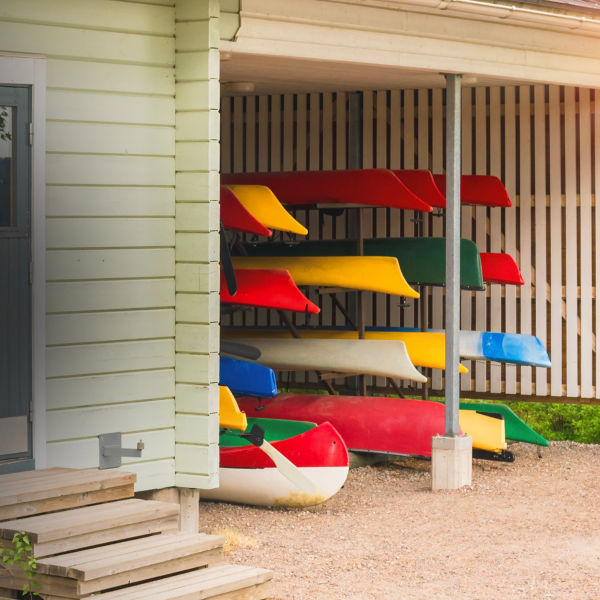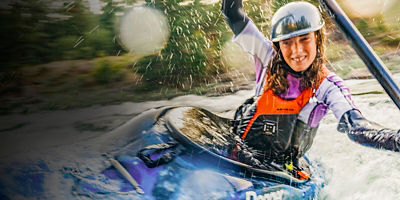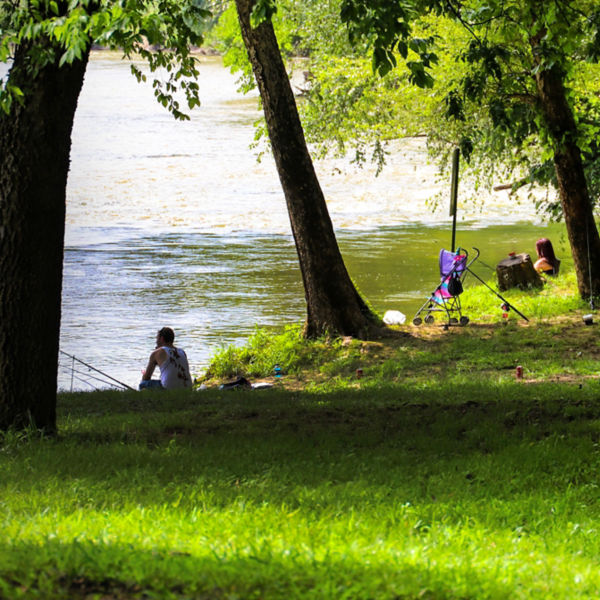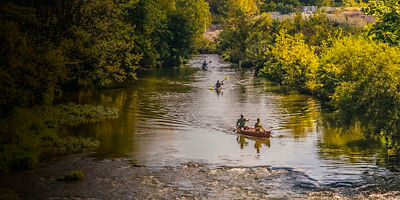
Launching a canoe into your local lake, hopping in, and paddling from one point to another seems so straightforward. That on-water simplicity makes canoeing so attractive: silently slipping through calm water in the modernised version of a dug-out tree, powering ahead with only a flattened piece of plastic or wood in your arms. But for all its purity, you still need a few critical pieces of paddling knowledge before your first day on the water.
What You Need
So you picked up your new canoe. You obviously know that’s not all it takes to safely hit the water. Here are the other essentials needed before your launch.
Canoe Paddle: The most important factor when choosing a canoe paddle is comfort, factoring weight and feel in your hands. Wood, composites like fiberglass, and aluminum are the most popular paddle materials offering varying degrees of strength, flex, and durability. For most adults, a paddle should be between 52 to 60 inches in total length. In the canoe, that means the paddle’s top handle should be chin- to nose-height with the full blade under the waterline.
PFD: On many U.S. waterways, carrying a personal floatation device (PFD) is the law. Wearing one on any waterway is an even better idea, regardless of how good a swimmer you are (wearing one is federal law for children under 13). Standard, Coast Guard-approved, vest-style PFDs are a durable, versatile option that could easily save your life. You can also consider an inflatable PFD which comes as either a vest or waist pack that is less bulky—though they require upkeep with CO2 cartridges that need to be activated in an emergency situation.
Clothing: Always dress for the contingency that you could end up in the water. And dress for the water temperature accordingly. To account for the difference in the air temperature during warmer summer days of paddling, layer in light, wicking, and especially sun-protective clothing. And pack extra layers in a dry bag, just in case. For footwear, be prepared for your feet to get wet, especially when launching and landing. Wear shoes or sandals that will provide ready traction on a slippery, muddy shore, and that can comfortably drain and dry on board—and consider a synthetic, wool, or neoprene sock to help insulate soggy feet in between.
Dry Bags: Protect any accessories or electronics that you wouldn’t want to get wet in a sealable dry bag or box.



















































































































